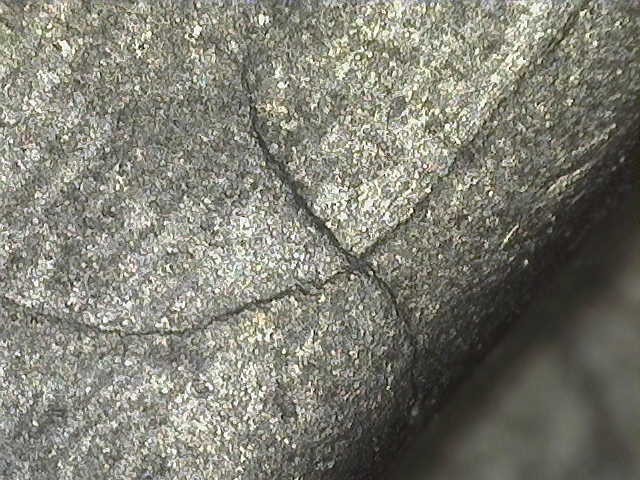In aerospace MRO, the accuracy of non-destructive testing (NDT) depends heavily on surface preparation. The cleaner and more uniform the surface, the more reliable the inspection results. Increasingly, engineers and MRO professionals are turning to wet blasting as a superior method for preparing components prior to crack detection.
Why surface preparation matters...
Cracks and surface defects in aerospace components are often microscopic and easily hidden beneath layers of oil, grease, heat scale or corrosion. If contaminants remain, NDT methods such as fluorescent penetrant inspection (FPI) or eddy current testing (ECT) can fail to identify these defects.
The solution...
The flowing nature of wet blasting exposes cracks by cleaning them out, making them more visible during NDT. Traditional dry blasting and manual cleaning techniques, by contrast, can fill or smear cracks, reducing visibility or even alter surface geometry to hide cracks. Wet blasting avoids this by combining precision with care, protecting the integrity of the material while ensuring a thorough clean.
Why wet blasting excels in NDT preparation...
• Fluid precision: Wet blasting propels a slurry of water and fine abrasive media under controlled air pressure. The water cushions the abrasive, reducing heat and friction while maintaining consistent results.
• Superior crack exposure: The slurry flushes out oils, corrosion and debris from cracks instead of pushing contaminants deeper, leaving defects open for inspection.
• Gentle yet effective: The process removes coatings and corrosion without peening or damaging the substrate - critical for sensitive aerospace alloys and composites.
• Cleaner, safer environments: Unlike dry blasting, wet blasting produces minimal airborne dust, improving safety and reducing post-cleaning preparation.
• Repeatable results: Our automated wet blasting systems deliver consistent finishes across batches of components, supporting the strict traceability and quality requirements of the aerospace sector.
Where it makes a difference...
• Wheels and brakes: These high-stress components benefit from a cleaning process that removes brake dust, heat scale and corrosion while keeping cracks open for inspection.
• Engines and turbine parts: Wet blasting cleans intricate geometries - such as fan blades and vanes - without altering tolerances or introducing new surface stress.
• Composite and additive-manufactured components: The gentle nature of the process makes it suitable for modern materials used in next-generation aircraft.























